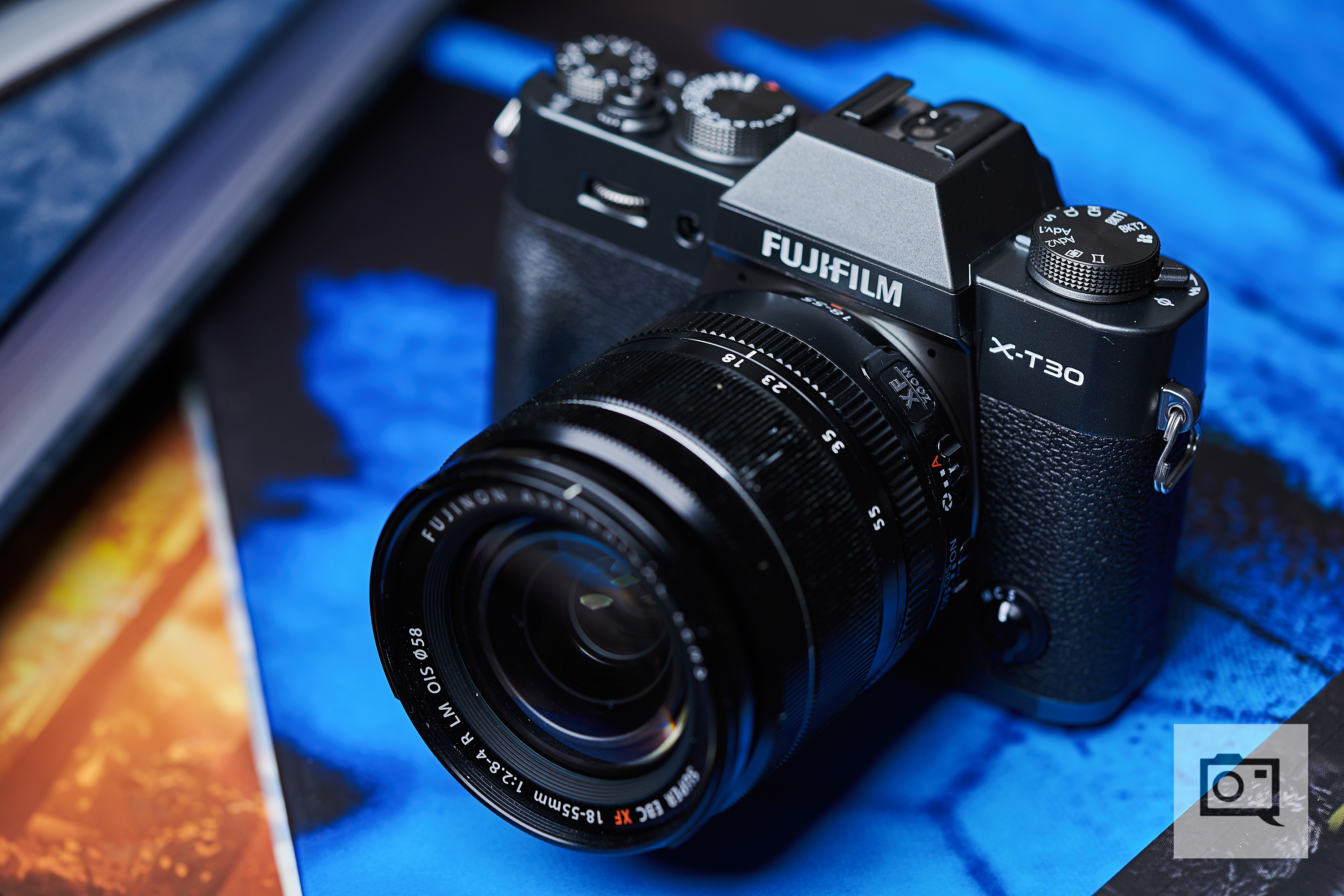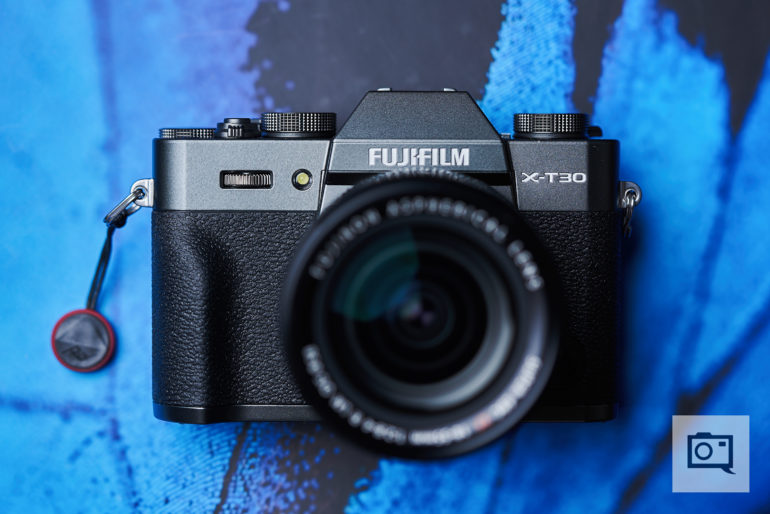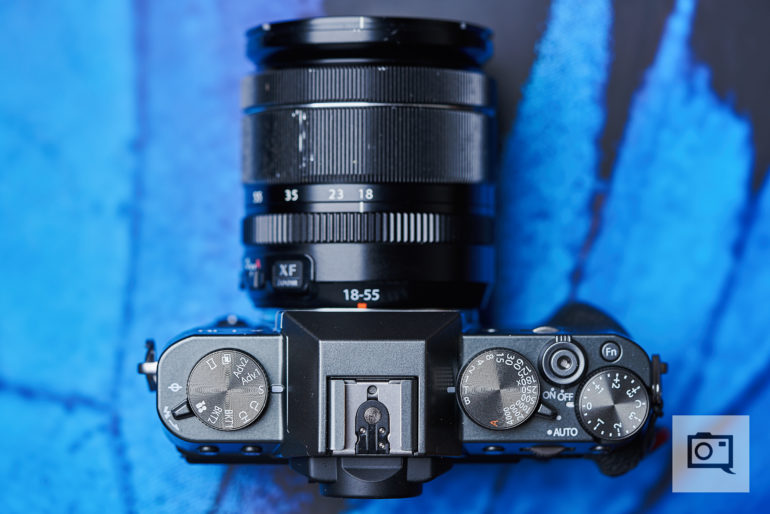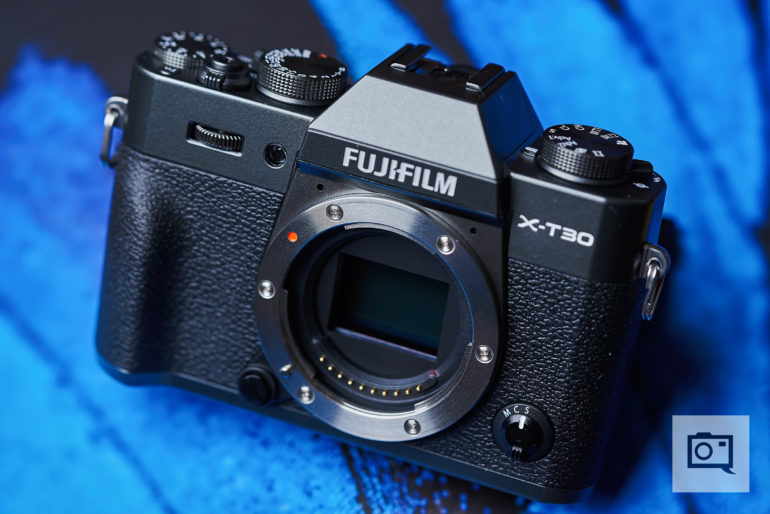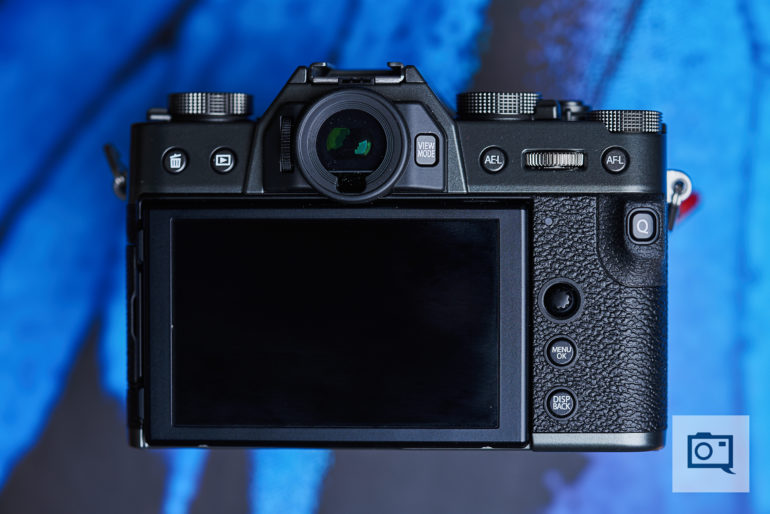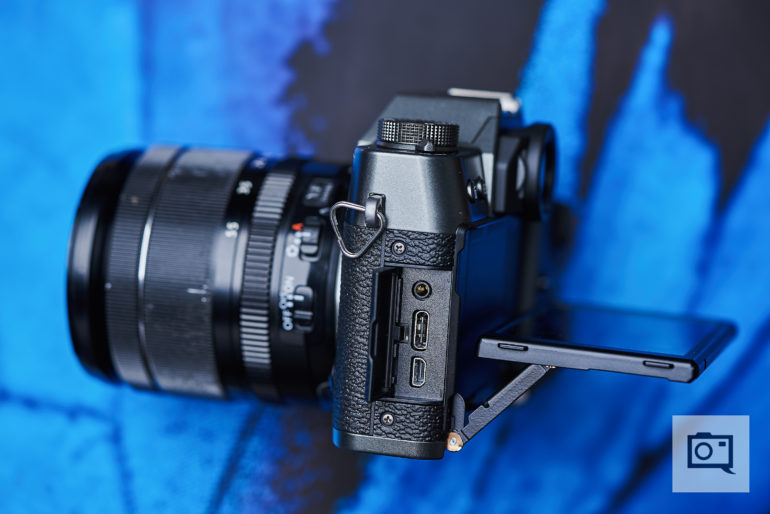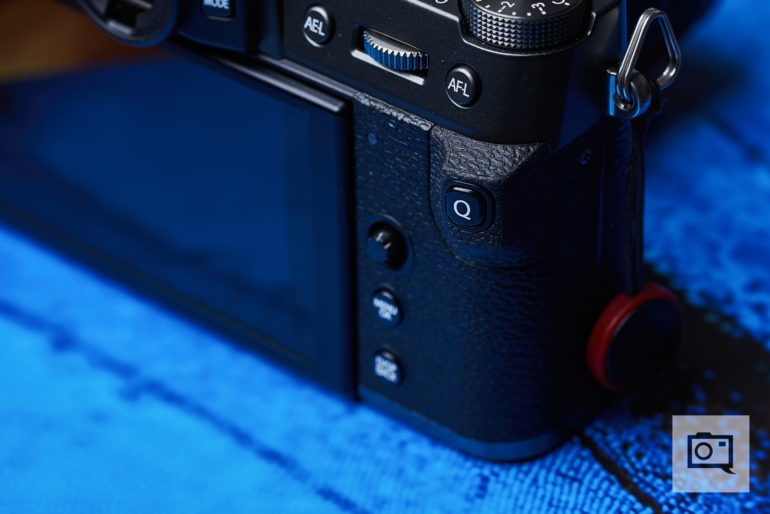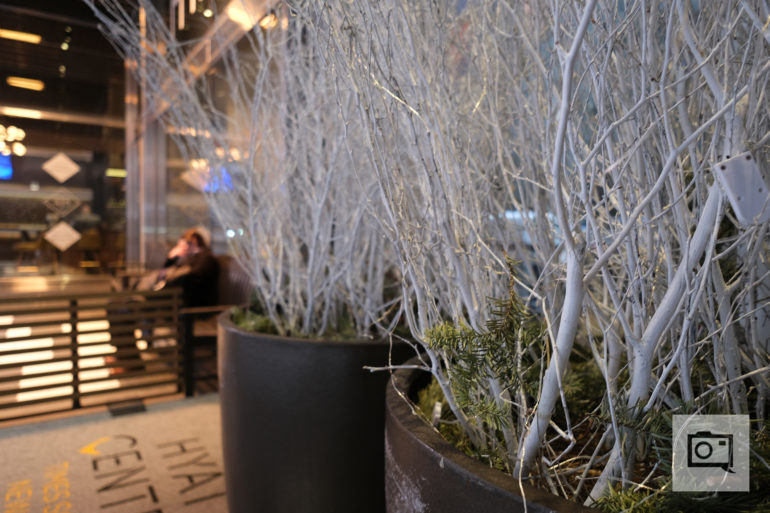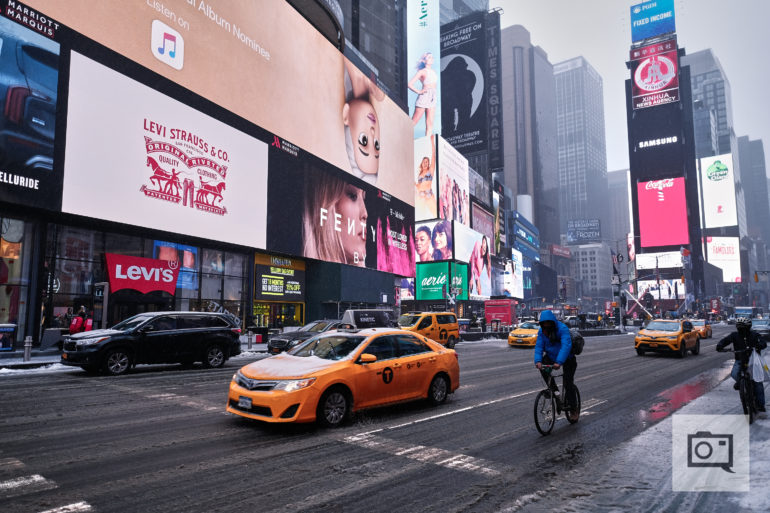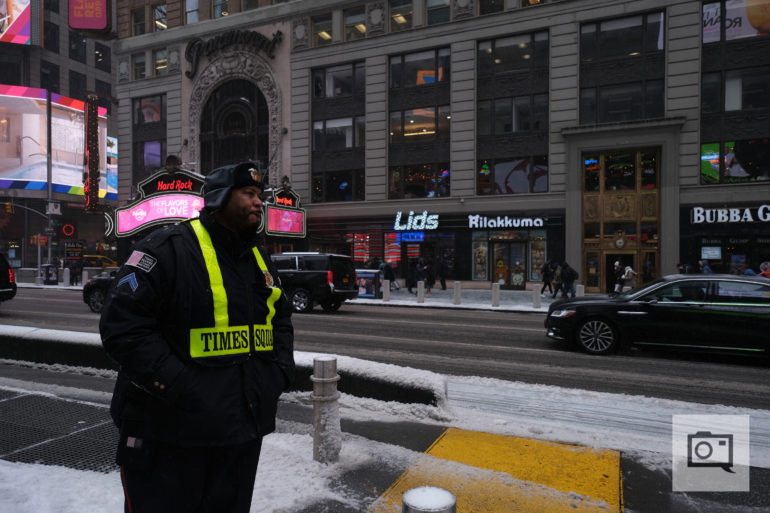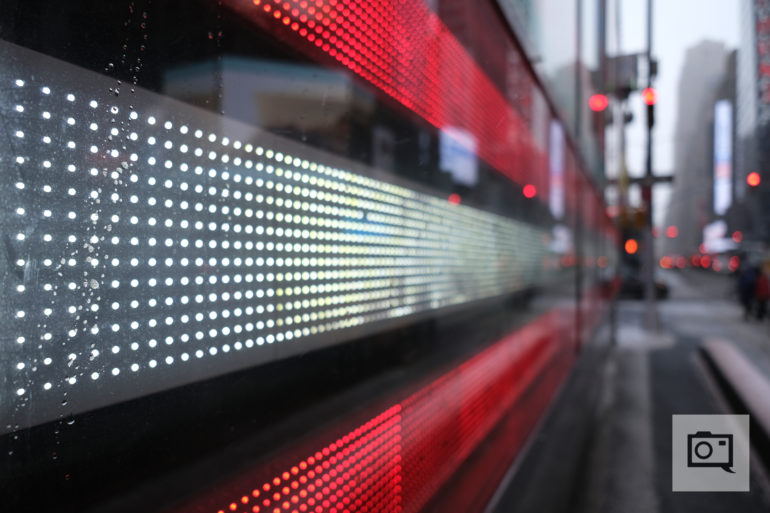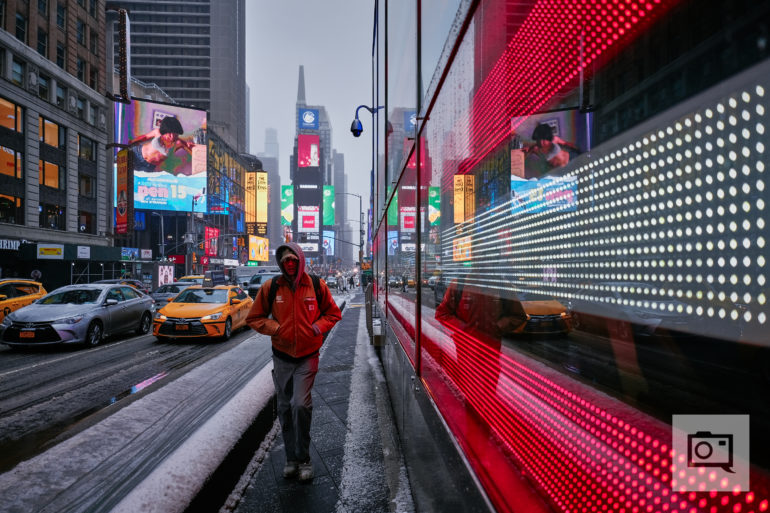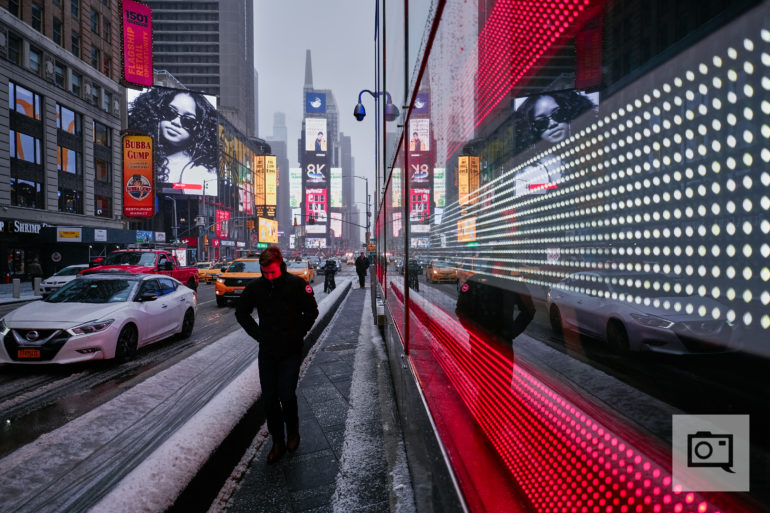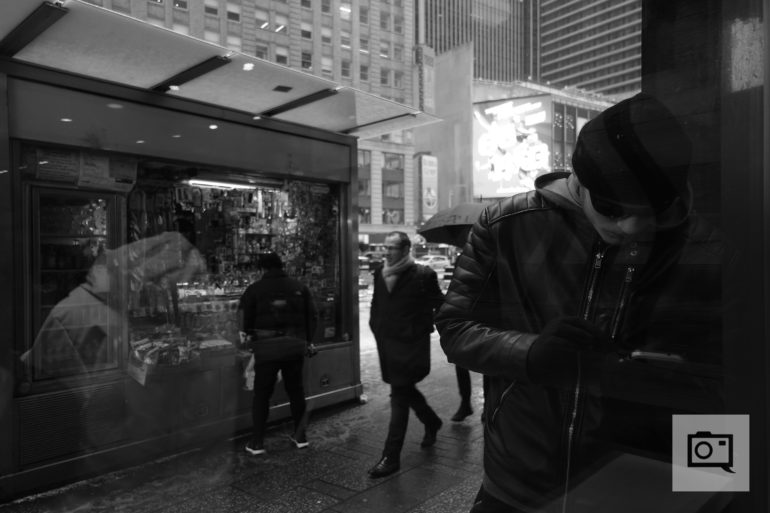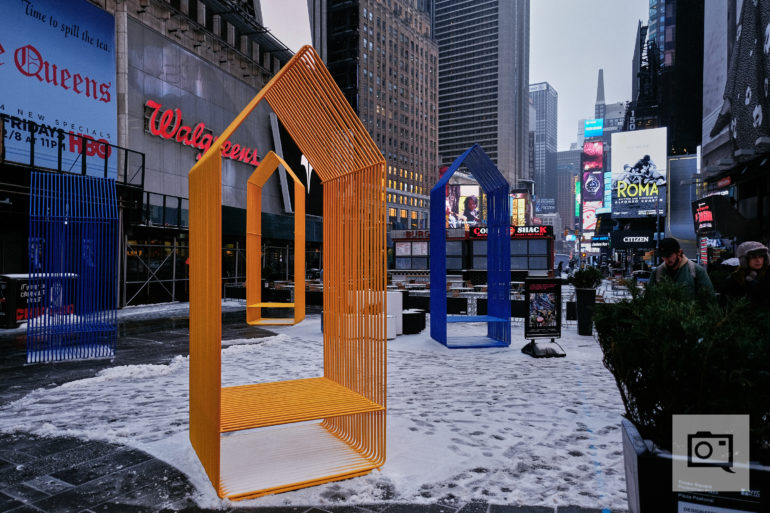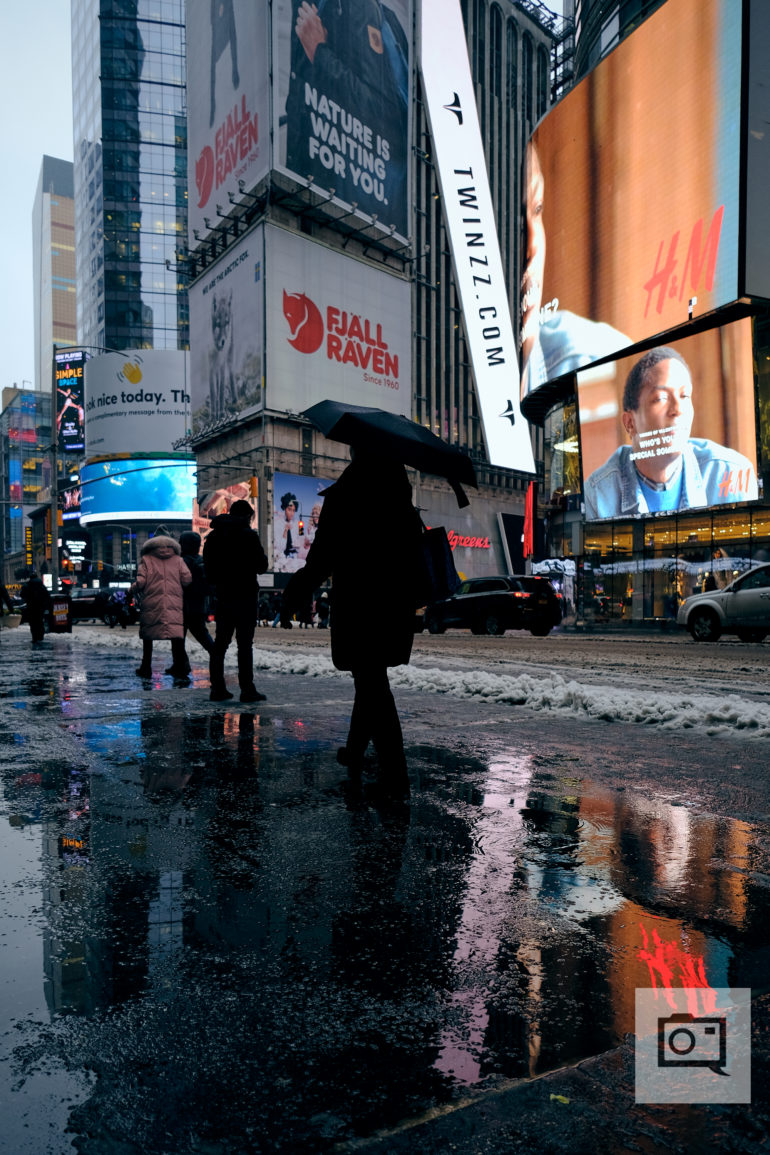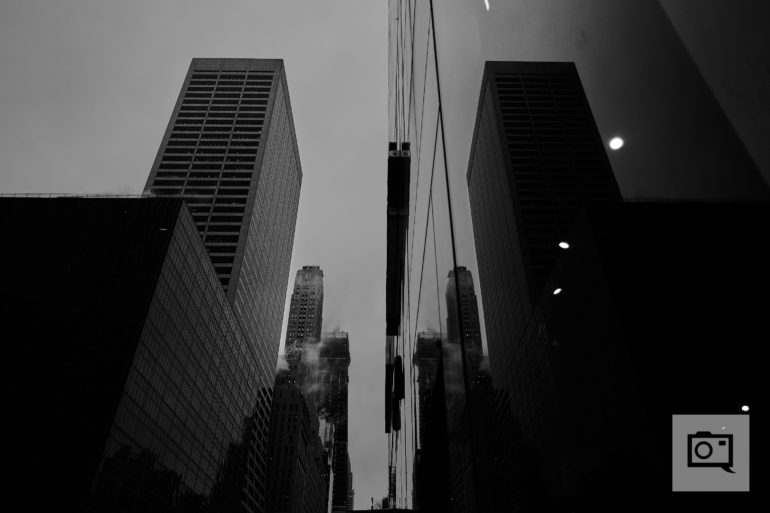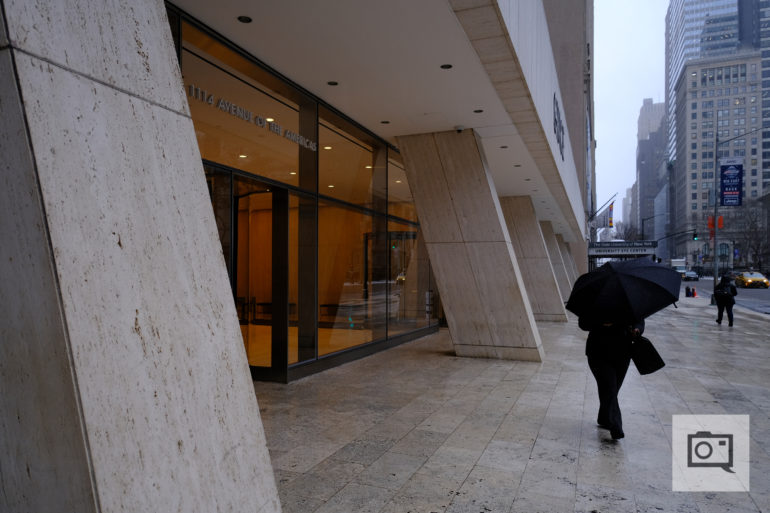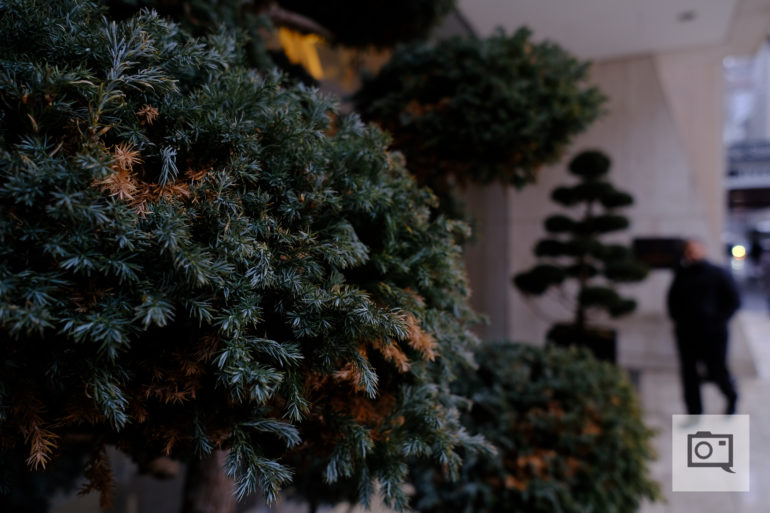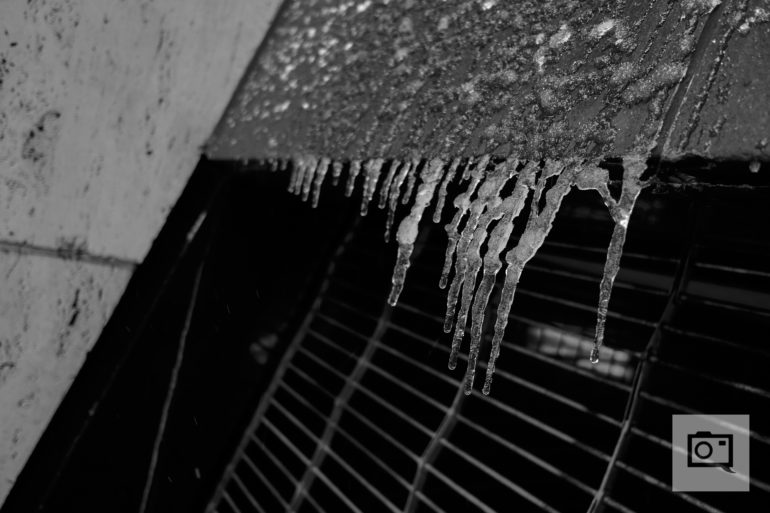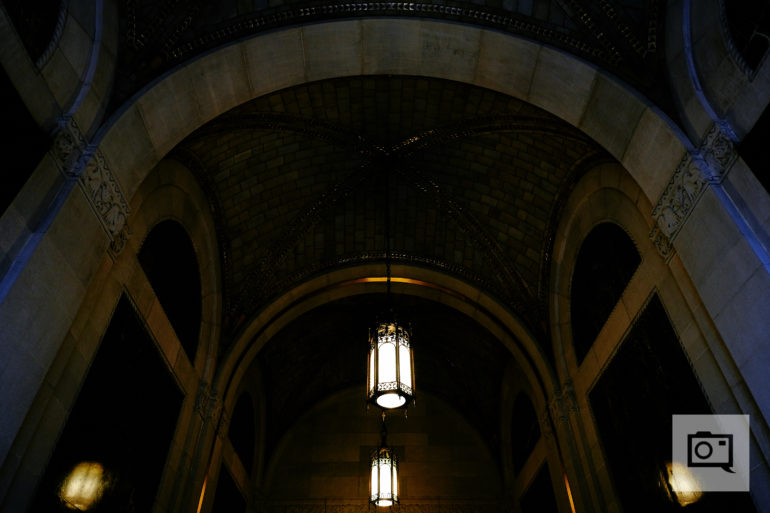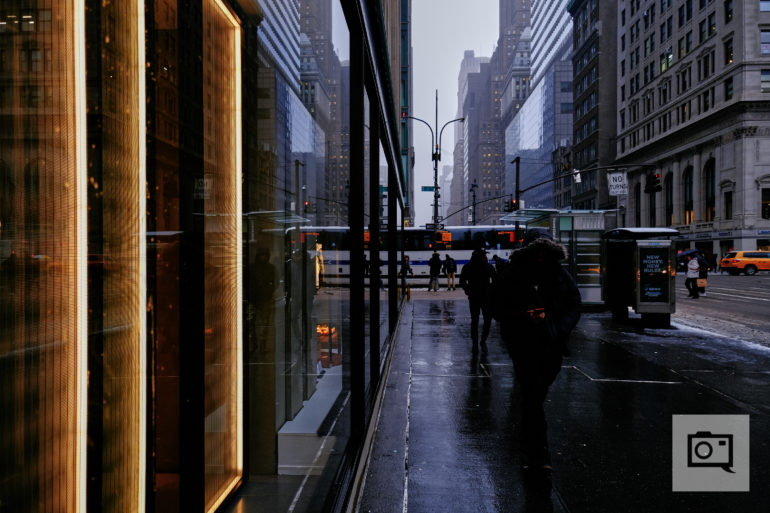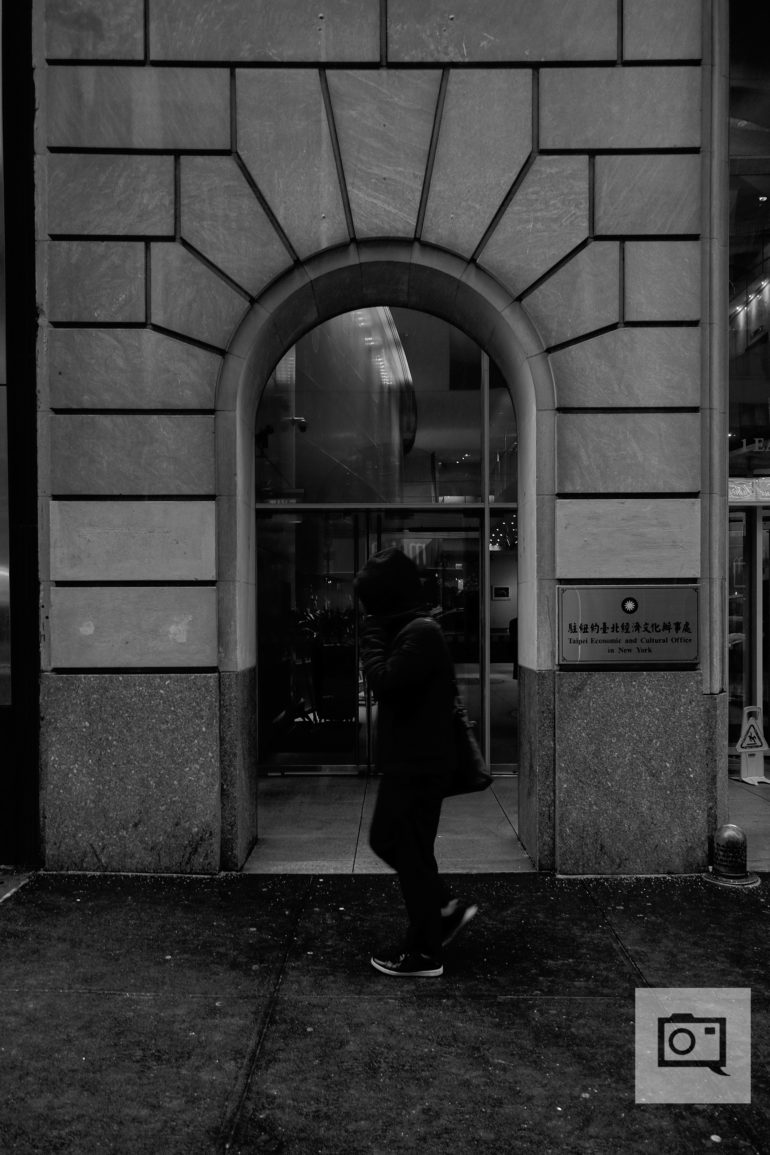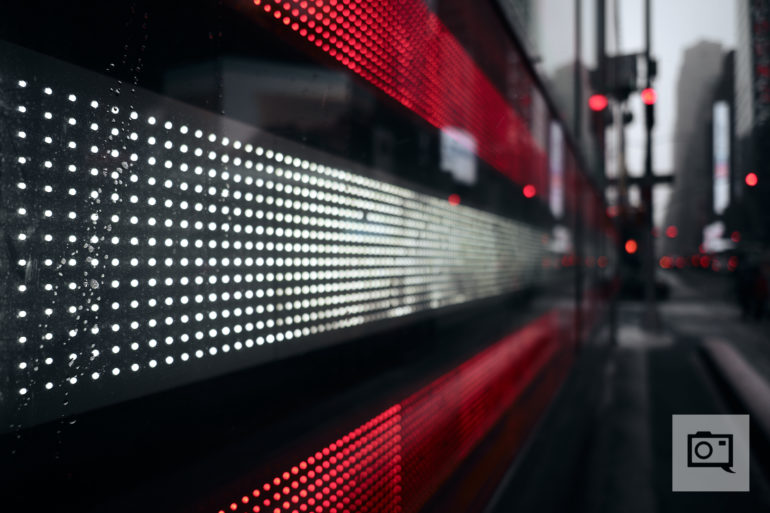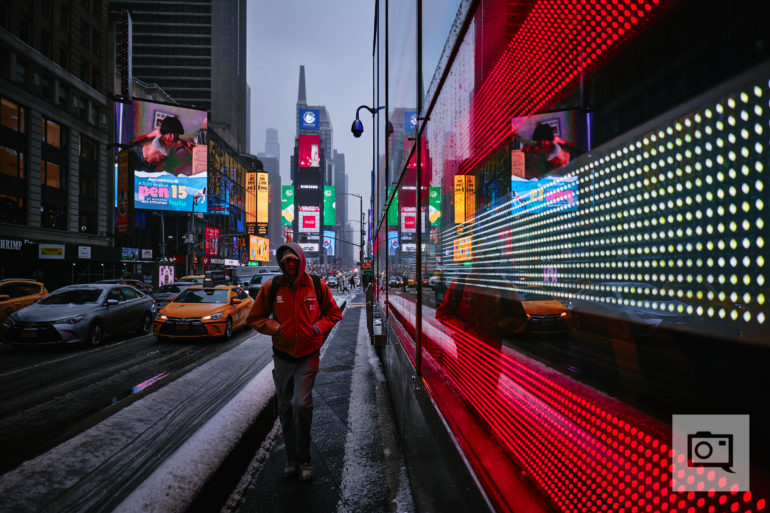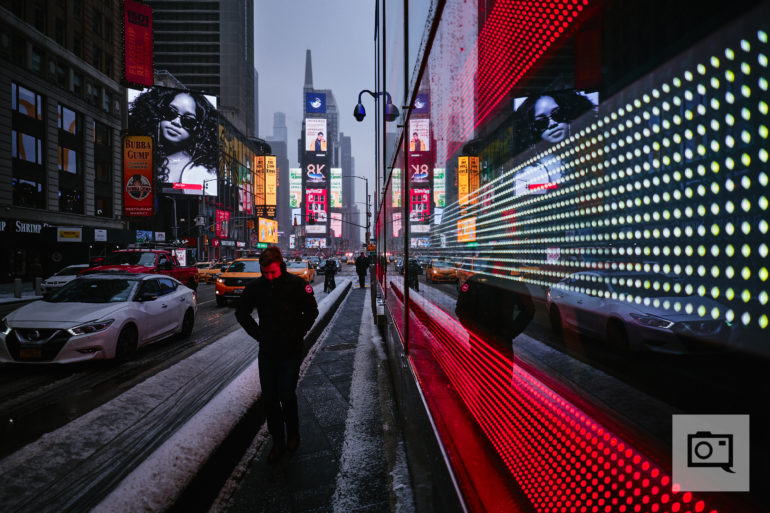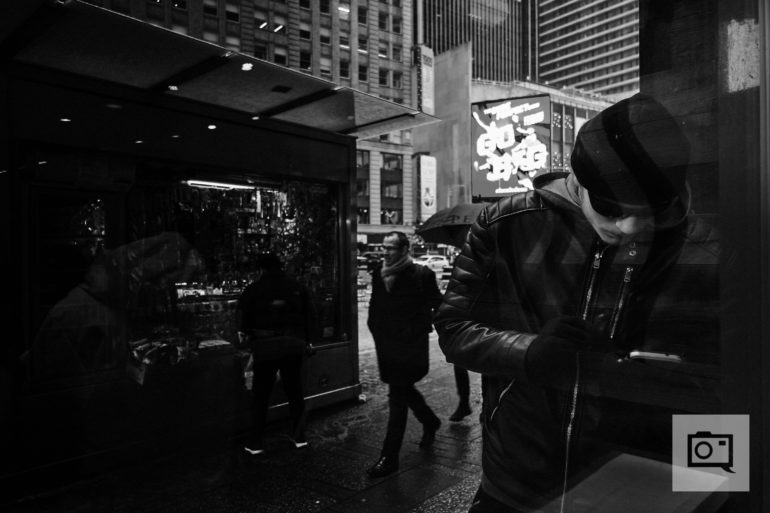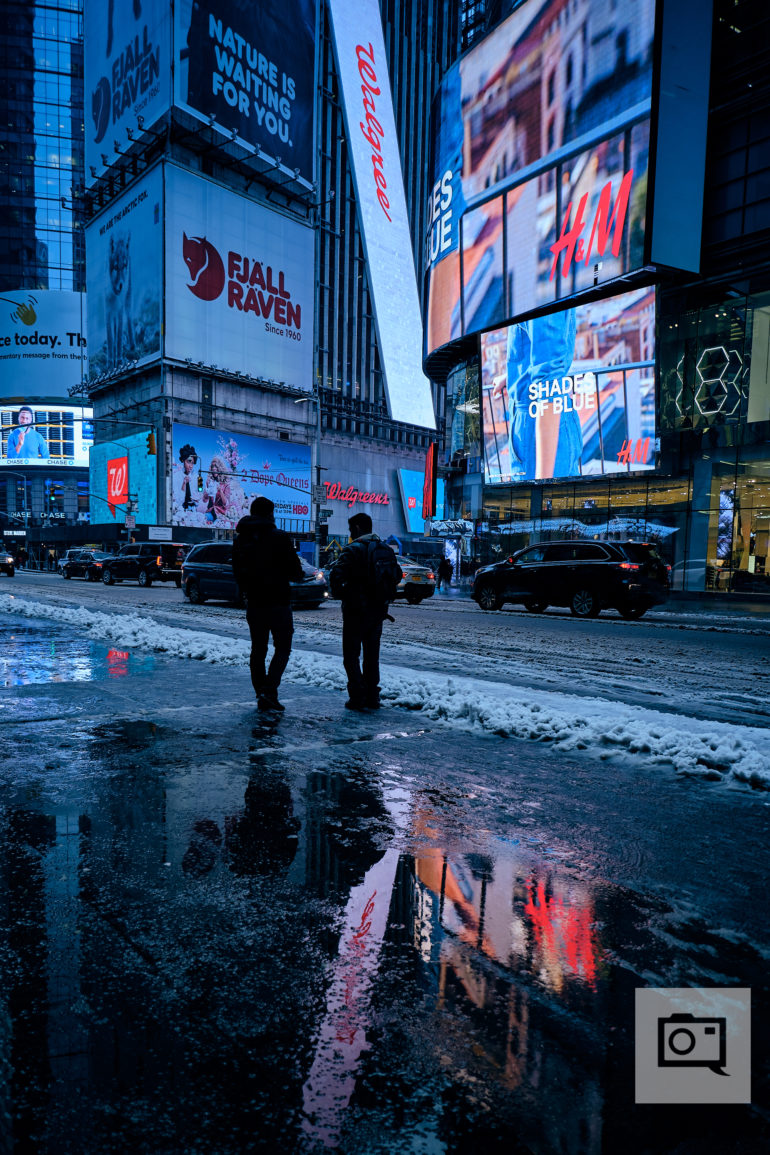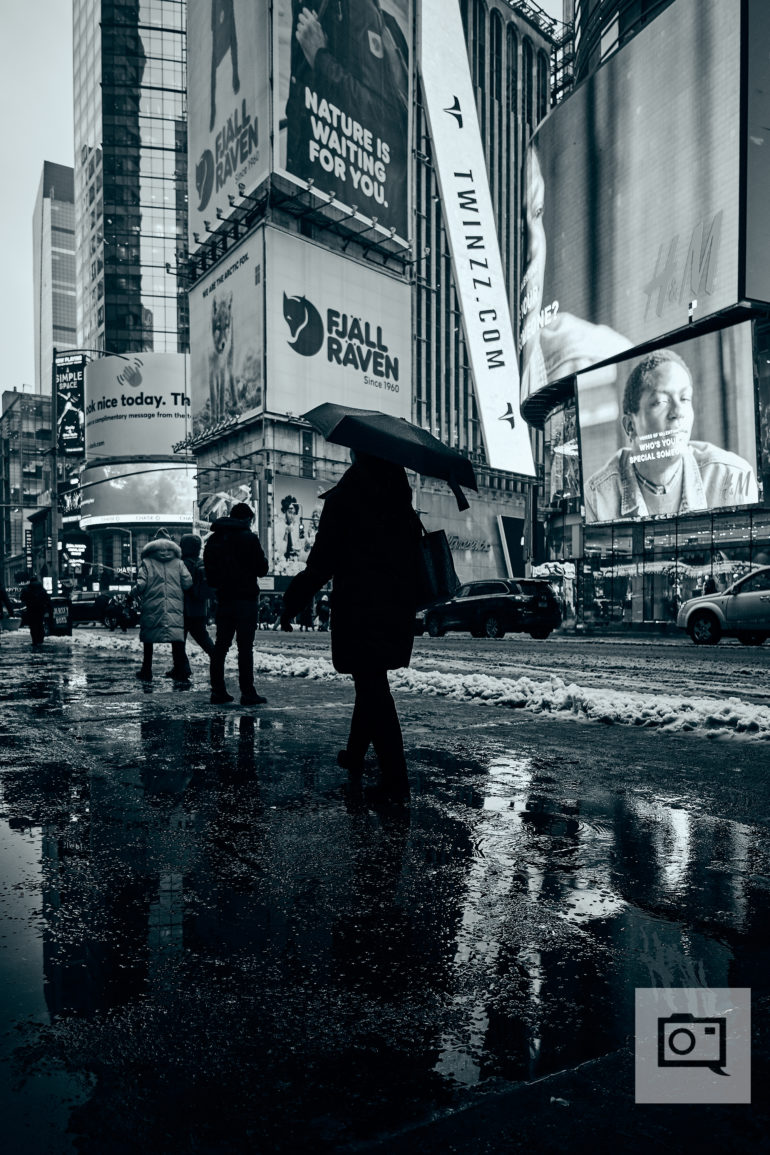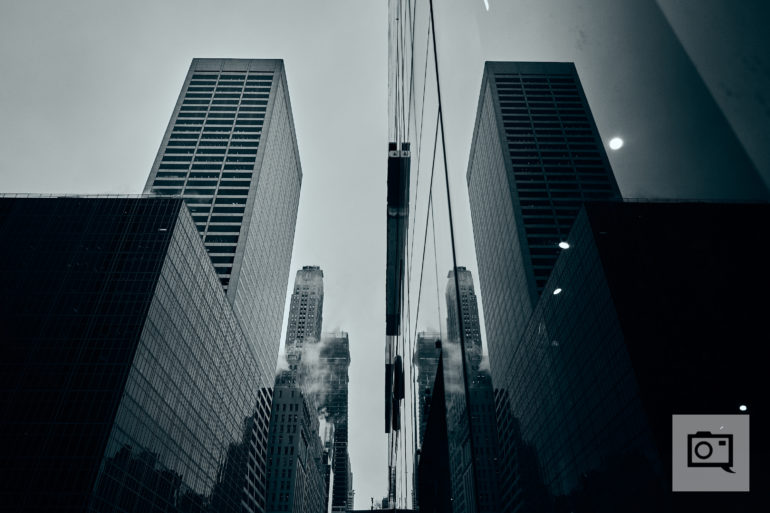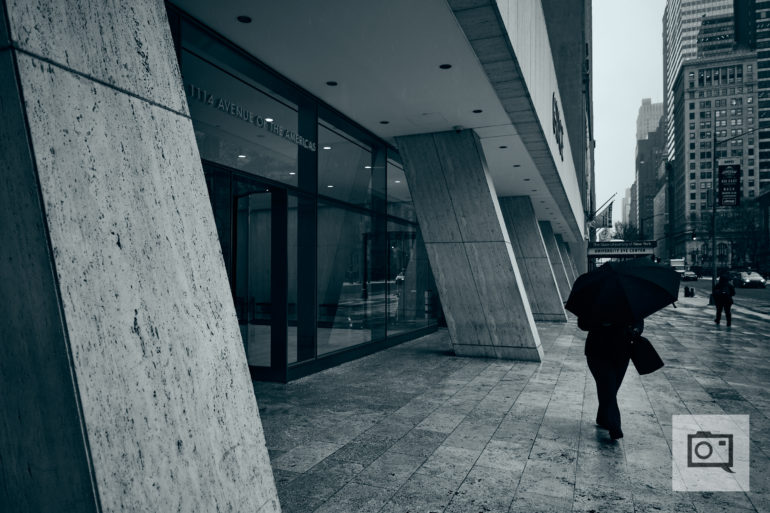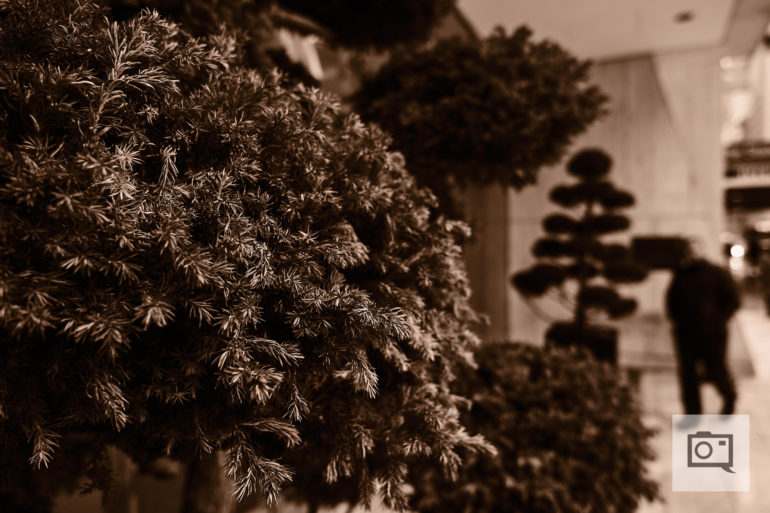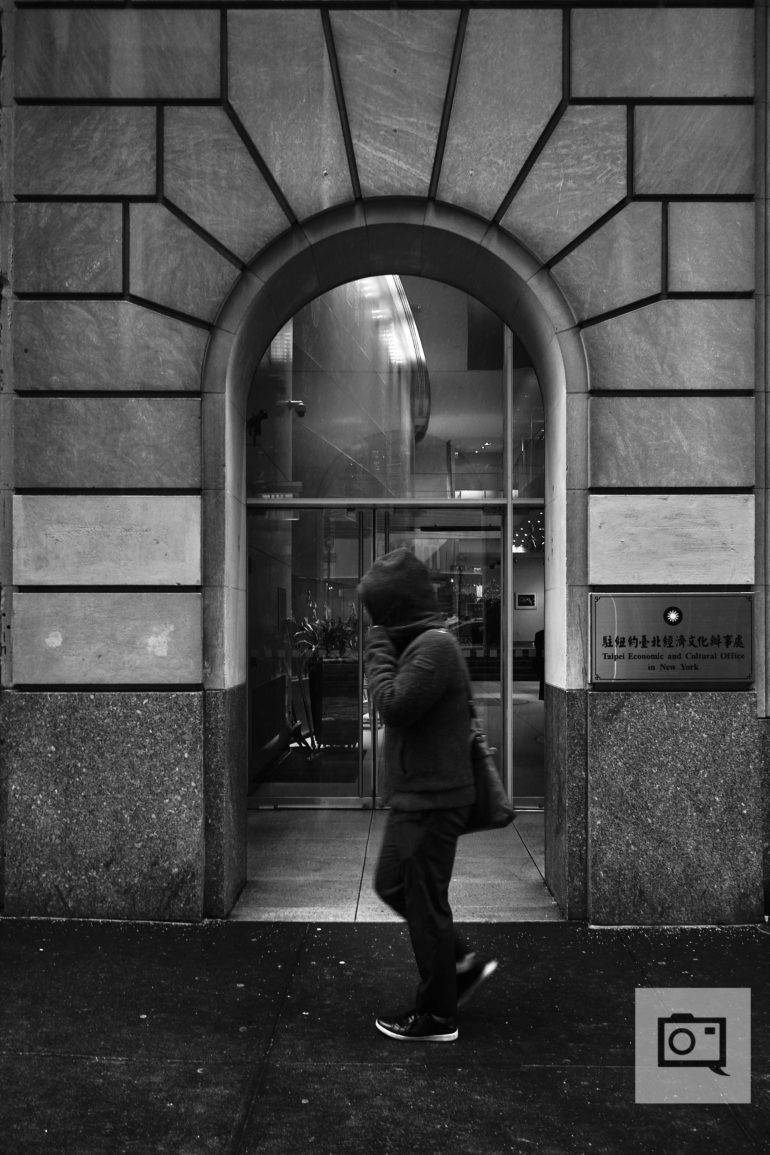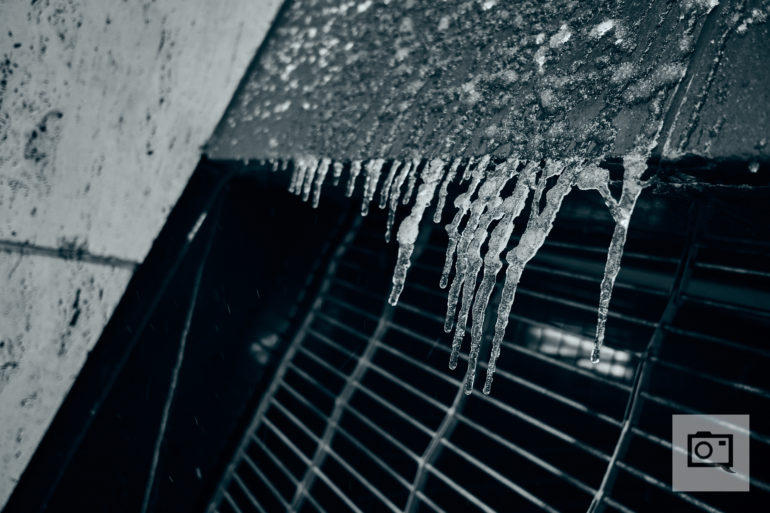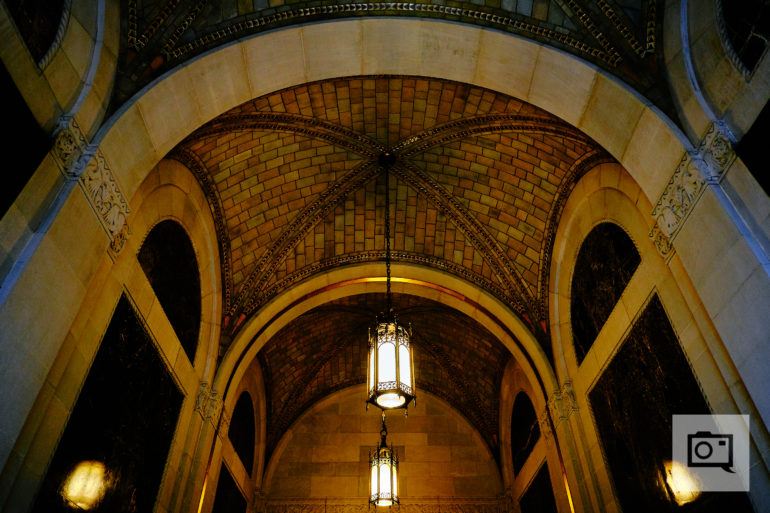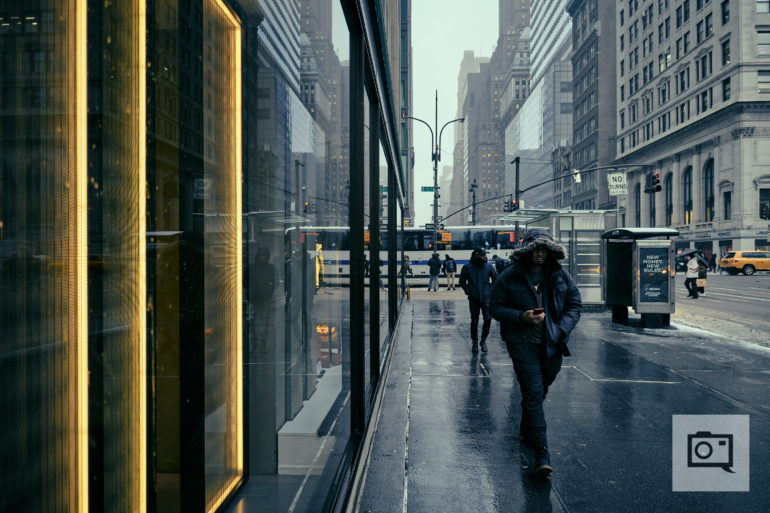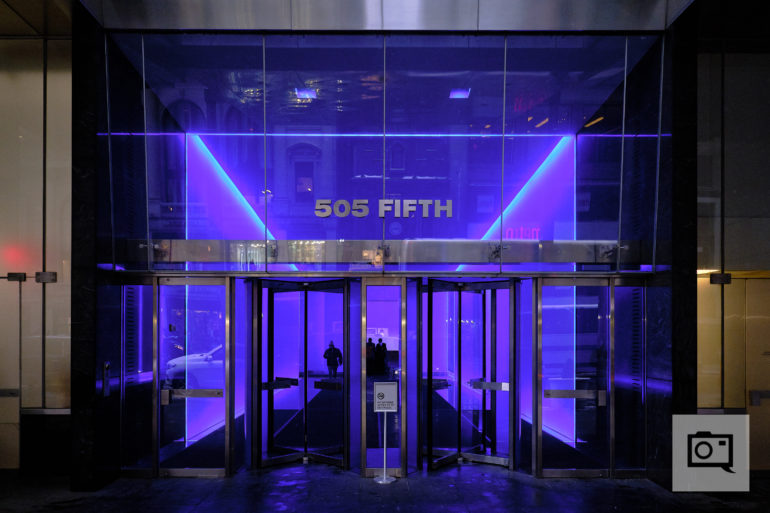Last Updated on 02/14/2019 by Pauleth Ip
The Fujifilm X-T30 features most of the tech from the X-T3 in an even smaller body.
While most of the digital imaging industry has been focusing heavily on full frame mirrorless cameras as of late, Fujifilm has remained firmly committed to their crop sensor mirrorless interchangeable lens cameras–and that’s evident with the Fujifilm X-T30. The company has built up a very loyal following thanks in large part to the excellent build quality, well thought out ergonomics, and overall refined user experience that is core to every Fujifilm camera’s DNA. The fact that Fujifilm has managed to incorporate some of the latest digital imaging innovations into their cameras while keeping them very competitively priced further sweetens the pot. With the newly announced Fujifilm X-T30, Fujifilm incorporated a lot of the advancements found within the much-loved X-T3 that was released last year and crammed them into an even more compact camera body. The XT-30 shares the same 26.1 MP 4th generation X-Trans APS-C CMOS 4 sensor as well as the 4th generation Quad-Core X-Processor 4 CPU as the top of the line X-T3.
We got our hands on the Fujifilm XT30 yesterday during a press briefing, and shot with it briefly in around a rather snowy and wet New York City.
Tech Specs
Tech specs for the Fujifilm X-T30 taken from the official Fujifilm press kit
| MODEL NAME | FUJIFILM X-T30 |
| Number of effective pixels | 26.1 millions pixels |
| Image sensor | 23.5mm×15.6mm (APS-C) X-Trans CMOS 4 with primary color filter. |
| Storage media | SD memory card (~2GB) / SDHC memory card (~32GB) / SDXC memory card (~512GB) |
| File format of still image | JPEG: Exif Ver.2.3 *1, RAW: 14bit RAW (RAF original format) / RAW+JPEG |
| Lens mount | FUJIFILM X mount |
| Sensitivity | |
| Standard output | AUTO1 / AUTO2 / AUTO3 (up to ISO12800) / ISO160~12800 (1/3 step) |
| Extended output | ISO80/100/125/25600/51200 |
| Exposure control | TTL 256-zone metering, Multi / Spot / Average / Center Weighted |
| Exposure mode | P (Program AE) / A (Aperture Priority AE) / S (Shutter Speed Priority AE) / M (Manual Exposure) |
| Exposure compensation | ‘-5.0EV~+5.0EV 1/3EV step (Movie: -2.0EV~+2.0EV) |
| Shutter type | Focal Plane Shutter |
| Shutter speed | |
| Mechanical Shutter | P mode: 4sec. to 1/4000sec. A mode: 30sec. to 1/4000sec. S/M mode: 15min. to 1/4000sec. Bulb mode: up to 60min. |
| Electronic Shutter *2 | P mode: 4sec. to 1/32000sec. A mode: 30sec. to 1/32000sec. S/M mode: 15min. to 1/32000sec. Bulb mode: 1sec. Fixed |
| Mechanical + Electronic shutter | P mode: 4sec. to 1/32000sec. A mode: 30sec. to 1/32000sec. S/M mode: 15min. to 1/32000sec. Bulb mode: up to 60min. |
| Synchronized shutter speed for flash | 1/180sec. or slower |
| Flash | Manual pop-up flash (Super Intelligent Flash) |
| Guide number : approx. 7 (ISO200 · m) / approx. 5 (ISO100 · m) | |
| LCD monitor | 3.0 inch, aspect ratio 3:2, approx. 1.04 millions dots touch screen color LCD monitor (approx. 100% coverage) |
| Continuous shooting | Approx. 30fps [Only electronic shutter, 1.25 x Crop ] (JPEG 26 frames Lossless compression RAW 17 frames Uncompressed RAW 17 frames) |
| Approx. 20fps [Only electronic shutter, 1.25 x Crop ] (JPEG 53 frames Lossless compression RAW 17 frames Uncompressed RAW 17 frames) | |
| Approx. 10fps [Only electronic shutter, 1.25 x Crop ] (JPEG 95 frames Lossless compression RAW 18 frames Uncompressed RAW 18 frames) | |
| Approx. 20fps [Only electronic shutter ] (JPEG: 32 frames Lossless compression RAW: 17 frames Uncompressed RAW: 17 frames) | |
| Approx. 10fps [Only electronic shutter ] (JPEG: 81 frames Lossless compression RAW: 18 frames Uncompressed RAW: 18 frames) | |
| Approx. 8fps (JPEG: 90 frames Lossless compression RAW: 18 frames Uncompressed RAW: 18 frames) | |
| Approx. 5fps (JPEG: 205 frames Lossless compression RAW: 24 frames Uncompressed RAW: 19 frames) | |
| Approx. 4fps (JPEG: 209 frames Lossless compression RAW: 28 frames Uncompressed RAW: 20 frames) | |
| Approx. 3fps (JPEG: 216 frames Lossless compression RAW: 34 frames Uncompressed RAW: 21 frames) | |
| Pre-shot: Approx. 30fps [Only electronic shutter, 1.25 x Crop ] (max. 10 frames while half press, max. 12 frames after full press, total max. 22 frames) | |
| Pre-shot: Approx. 20fps [Only electronic shutter, 1.25 x Crop ] (max. 10 frames while half press, max. 22 frames after full press, total max. 32 frames) | |
| Pre-shot: Approx. 10fps [Only electronic shutter, 1.25 x Crop ] (max. 10 frames while half press, max. 68 frames after full press, total max. 78 frames) | |
| *Recordable frames depends on recording media | |
| *Speed of continuous shooting depends on shooting environment and shooting frames | |
| Focus | |
| Mode | Single AF / Continuous AF / MF |
| Type | Intelligent Hybrid AF |
| AF frame selection | (TTL contrast AF / TTL phase detection AF) |
| Single point AF: EVF / LCD: 13×9 / 25×17 (Changeable size of AF frame) | |
| Zone AF: 3×3 / 5×5 / 7×7 from 91 areas on 13×9 grid | |
| Wide/Tracking AF: (up to 18 area) *AF-S: Wide / AF-C: Tracking | |
| All | |
| Viewfinder | 0.39 inch approx. 2.36 millions dots OLED Color Viewfinder |
| Coverage of viewing area vs. capturing area: approx. 100% | |
| Magnification: 0.62× with 50mm lens (35mm equivalent) at infinity and diopter set to -1m-1 | |
| Diagonal angle of view: approx. 31° (Horizontal angle of view: approx. 26° ) Built-in eye sensor | |
| AUTO Brightness Setting: 50~800cd/m* | |
| Movie recording | MOV (MPEG-4 AVC/H.264,Audio: Linear PCM / Stereo sound 24bit / 48KHz sampling) |
| File format | [DCI 4K(4096×2160)] 29.97p/25p/24p/23.98p 200Mbps/100Mbps up to approx. 10min |
| File size | [4K(3840×2160) 29.97p/25p/24p/23.98p 200Mbps/100Mbps up to approx. 10min |
| Frame rate | [Full HD92048 ×1080)] 59.94p/50p/29.97p/25p/24p/23.98p 200Mbps/100Mbps up to approx. 15min. |
| Recording time | [Full HD(1920×1080)] 59.94p/50p/29.97p/25p/24p/23.98p 200Mbps/100Mbps up to approx. 15min. |
| [Full HD(1920×1080) High speed rec.] 120p/100p 200Mbps(recording) up to approx. 6min. | |
| *For recording movies, use a SD memory card with UHS Speed Class 3 or higher. | |
| *Although movie recording will continue without interruption when the file size reaches 4GB, subsequent footage will be recorded to a separate file which must be viewed separately. | |
| Color chrome effect | STRONG, WEAK, OFF |
| Terminal | |
| Digital interface | USB Type-C (USB3.1 Gen1) |
| HDMI output | HDMI micro connector (Type D) |
| Other | ø2.5mm, stereo mini connector (Microphone), Hot shoe, Synchronized terminal |
| Power supply | NP-W126S Li-ion battery (included) |
| Battery life for still images*3 | Approx. 380 frames (Normal Mode) When XF35mmF1.4 R is set. |
| Actual battery life of movie capture*3 *Face detection is set to OFF | [4K] approx. 45min. (29.97p) |
| [Full HD] approx. 45min. (59.94p) | |
| Continuance battery life of movie capture*3 *Face detection is set to OFF | [4K] approx. 60min. (29.97p) |
| [Full HD] approx. 75min. (59.94p) | |
| Dimensions | 118.4mm (W) x 82.8mm (H) x 46.8mm (D) / 4.66in. (W) x 3.26in. (H) x 1.84in. (D) |
| Weight | Approx. 383g (including battery and SD memory card) |
| Approx. 333g (excluding battery and SD memory card) | |
| Accessories included | Li-ion battery NP-W126S, Shoulder strap, |
| Body cap, Strap clip, Protective cover, Clip attaching tool, Owner’s manual, | |
| *1 Exif 2.3 is a digital camera file format that contains a variety of shooting information for optimal printing. | |
| *2 The Electronic Shutter may not be suitable for fast-moving objects. Flash can not be used. | |
| *3 Approximate number of frames or movie recording time that can be taken with a fully-charged based on CIPA Standard. |
Ergonomics
Like the X-T20 before it, the Fujifilm X-T30 is a very compact interchangeable lens mirrorless camera. In fact, you’ll likely mistaken the X-T30 for its predecessor if you saw one in the wild as the front looks almost identical with the exception of the change in model name.
Looking at the top of the X-T30, moving from left to right, you’ll find the Drive Mode Dial, the Hot Shoe, Shutter Speed Dial, On/Off Switch, Shutter Button, Exposure Compensation Dial, as well as one of the Fn buttons that you can assign custom functions to. The lever to activate the Pop Up Flash can be found to the left of the Drive Mode Dial while the Auto Mode Selector lever can be found to the right of the Shutter Speed Dial.
Here’s a look at the front of the X-T30 without any lenses mounted to it. Note the Front Command Dial situated above the hand grip, directly below where the On/Off Switch just is on the top of the camera body. You can assign this dial to adjust either the Aperture or Shutter Speed. The Focus Mode Selector is located near the bottom on the opposite side of the camera.
As we move towards the rear of the X-T30, most of the buttons from the predecessor are in the same place with a few notable exceptions. You’ll find the buttons for Delete and Playback on the upper left, followed by the Diopter Adjustment Wheel, OLED Electronic Viewfinder, and the View Mode button as we move along the top of the X-T30. The Exposure Lock and Focus Lock buttons are situated to the left and right of the Rear Command Dial, and can be assigned to adjust either the Aperture or Shutter Speed like the dial up front. The right side of the back of the X-T30 is where you’ll find the biggest differences that set it apart from its predecessor. Fujifilm has omitted the D-Pad that was on the rear of the X-T20 and replaced it with a joystick similar to the one that can be found on the X-T3. The Quick Menu button has also been relocated, now situated on top of the larger thumb rest. The Menu/OK button that was in the center of the D-Pad is now located below the joystick, with the Disp/Back button underneath it.
The Fujifilm XT-30 includes a 2.5mm Microphone/Remote Release connector, USB Type-C port, as well as a Micro HDMI port, all hidden behind a protective cover on the side of the camera. You can also see the tilting mechanism for the rear touchscreen, allowing the to tilt upwards (as shown) or down.
Here’s a closer look at the Quick Menu button in its new home as a part of the thumb rest. This larger thumb rest is a welcomed addition to the X-T30, giving you added surface area with which to maintain your grip on the small camera body.
A small Pop Up Flash can be found in front of the Hot Shoe, activated by toggling the release attached to the Drive Mode dial. I’ll come in handy in a pinch, but don’t expect it to illuminate anything further than a few feet in front of you.
Build Quality
The X-T30 features the same premium fit and finish that we’ve come to expect from Fujifilm cameras, although it lacks the weather sealing and image stabilization that can be found on higher end X series models. Despite its diminutive size, Fuji has made the thumb rest more pronounced, giving you much better purchase on the camera body when compared to the X-T20. All of the controls on the X-T30 are intuitively laid out and will be immediately familiar (with a few notable exceptions) to anyone that’s used the X-T20 in the past. Unlike the X-T20, however, Fujifilm has relocated the Quick Menu button onto the thumb grip, removed the D-Pad, and replaced it with the same joystick that can be found on the higher end X-T3.
Ease of Use
The Fujifilm X-T30 will feel very familiar to any photographer that’s used other X-Series cameras in the past. The introduction of the joystick in lieu of the D-Pad made navigating menus and maneuvering AF points much quicker. While the touchscreen felt just as responsive as the one found on the Fujifilm X-T3, it lacks the tilting capability and can only flip up or down. Additionally, due to the X-T30 being smaller, I found my nose coming into contact with the rear touchscreen much more often than when shooting with the X-T3, annoyingly moving my AF point in the process. This happened frequent enough during my time with the camera that I wound up having to disable the touch function. Photographers with smaller noses will obviously have less of a chance of running into this issue.
Autofocus
While we only got to test out the Fujifilm X-T30 briefly, the autofocus performance so far seemed to be on par with that of the X-T3, acquires focus quickly and accurately. This should come as no surprise as the XT-30 shares the same 4th generation X-Processor found on the X-T3. Eye-detection AF is now supported when shooting in AF-C mode, allowing you to accurately track and maintain focus on moving subjects.
Image Quality
Note that the preview unit that Fujifilm provided us is running pre-production firmware, and since camera profiles for the Fujifilm X-T30 are not yet available for Capture One or Adobe Lightroom, all sample images seen within this First Impressions article are JPEG’s that are either straight out of camera or processed in-camera using one of the built-in film simulation modes.
Processed RAW Files
Capture One announced support for the Fujifilm X-T30 earlier today with their 12.0.2 release. We’ve updated this First Impressions article with some processed RAW files for your reference.
First Impressions
While we’ve only had some very limited time with the Fujifilm X-T30, we were impressed that Fuji has managed to cram so much of what made the X-T3 great into the diminutive form factor of the X-T20. In addition to the recently announced Sony A6400, the Fuji XT-30 is giving APS-C shooters another excellent option to consider. According to Fujifilm, the black and silver versions of the X-T30 camera body and camera kits are expected to start shipping in March 2019 for a manufacturer’s suggested retail price of USD $899 and CAD $1,199.99. The X-T30 body bundled with the Fujinon XC 15-45mm f3.5-5.6 zoom lens kit will be available at a manufacturer’s suggested retail price of USD $999 and CAD $1,299.99. The X-T30 body bundled with the Fujinon XF 18-55mm f2.8-4 zoom lens kit can be had for a manufacturer’s suggested retail price of USD $1,299 and CAD $1,699.99. Charcoal silver versions of all camera and kit variations will be available in June 2019.
Stay tuned for our upcoming full review of the Fujifilm X-T30 once production models are available for testing.


